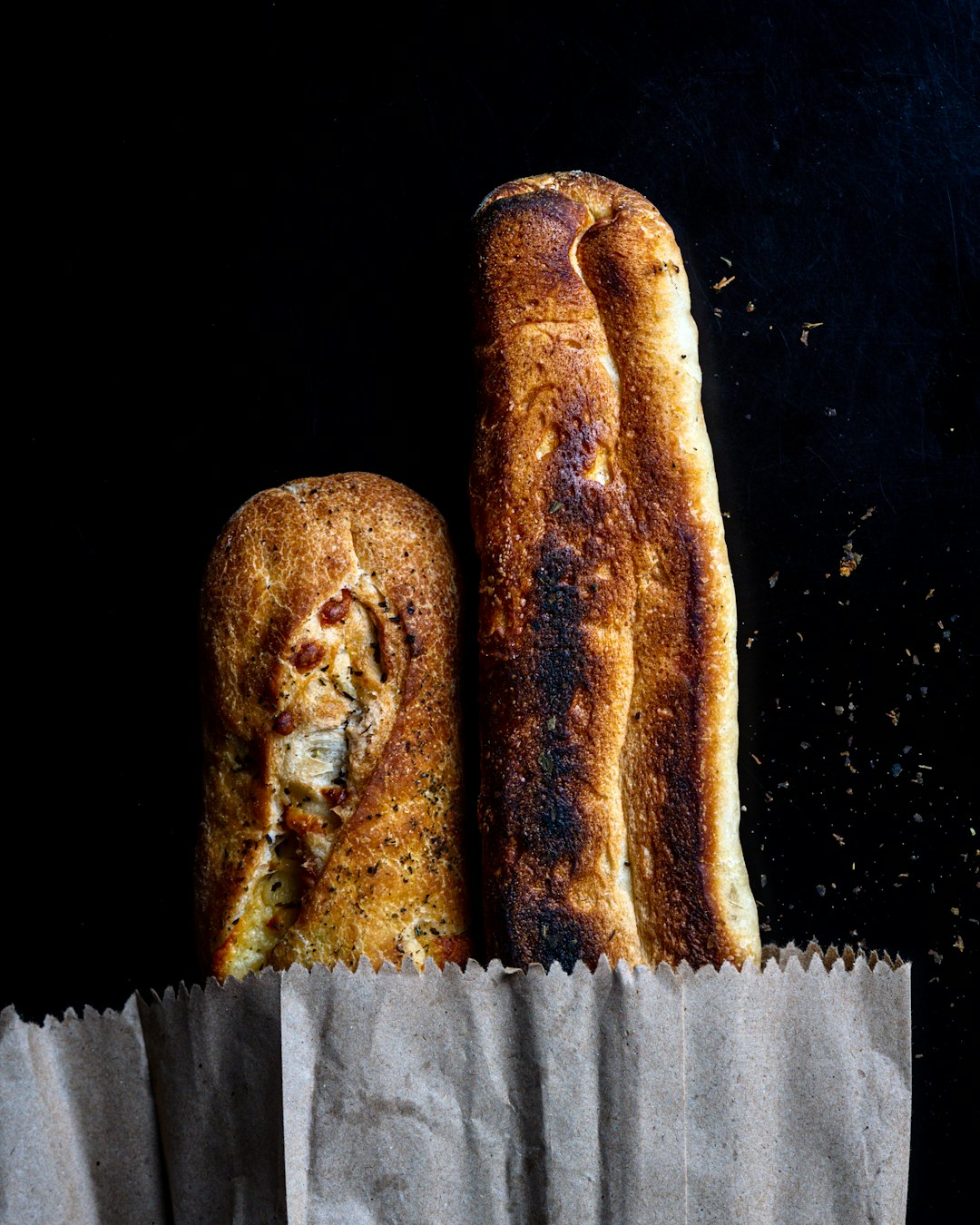Unveiling the Wonders of Coffee and Tea

Navigating the world of coffee and tea can be both exciting and overwhelming. With countless options lining the grocery store shelves and an ever - expanding menu at cafes, it's easy to feel lost when trying to choose the perfect drink. But fear not, as we embark on a journey to help you discover and savor your best cup of joe or a delightful cup of tea.
Let's start with coffee. There are various types of coffee beans, each with its own unique flavor profile. Arabica beans are known for their smooth, sweet taste with hints of fruit and chocolate. They are often considered of higher quality and are used in many specialty coffee blends. Robusta beans, on the other hand, have a stronger, more bitter flavor and contain more caffeine. They are commonly used in espresso blends to add a bold kick.
When it comes to brewing methods, the choices are equally diverse. The classic drip coffee maker is a staple in many households. It's simple to use and can produce a consistent cup of coffee. You just need to add your favorite coffee grounds and water, and let the machine do the rest. French press brewing, however, offers a more full - bodied and intense flavor. By steeping the coffee grounds in hot water and then pressing them down, you extract more of the coffee's natural oils and flavors.
Espresso is another popular brewing method. It involves forcing hot water through finely ground coffee at high pressure, resulting in a concentrated shot of coffee. Espresso is the base for many well - known coffee drinks such as cappuccino, latte, and Americano. A cappuccino is made with equal parts of espresso, steamed milk, and milk foam, creating a balanced and creamy drink. A latte has more steamed milk and a thin layer of foam, offering a milder coffee taste. An Americano is simply espresso diluted with hot water, giving it a similar strength to drip coffee but with a different flavor profile.
Now, let's turn our attention to tea. There are four main types of tea: black, green, oolong, and white. Black tea is fully oxidized, which gives it a strong, bold flavor. It's often enjoyed with milk and sugar, and is a popular choice for breakfast tea. Green tea, on the other hand, is minimally processed, retaining its natural antioxidants and a fresh, grassy flavor. It's known for its health benefits, such as boosting metabolism and reducing the risk of certain diseases.
Oolong tea is partially oxidized, falling somewhere between black and green tea in terms of flavor and color. It can have a wide range of flavors, from floral and fruity to nutty and earthy. White tea is the least processed of all, made from young tea leaves and buds. It has a delicate, subtle flavor and is also rich in antioxidants.
Just like coffee, tea can be brewed in different ways. The traditional method of brewing tea involves steeping loose tea leaves or tea bags in hot water for a certain period of time. The water temperature and steeping time are crucial factors in determining the flavor of the tea. For example, green tea should be brewed with water that is around 175°F (80°C) and steeped for 2 - 3 minutes to avoid a bitter taste. Black tea can be brewed with boiling water (212°F or 100°C) and steeped for 3 - 5 minutes.
Whether you're a coffee lover or a tea enthusiast, there are endless possibilities to explore. You can experiment with different blends, brewing methods, and flavor combinations. For instance, you can add spices like cinnamon or cardamom to your coffee or tea for an extra kick. You can also try making iced versions of your favorite drinks during the hot summer months.
In conclusion, the world of coffee and tea is a vast and wonderful one. By understanding the different types of beans and leaves, as well as the various brewing methods, you can elevate your coffee and tea - drinking experience. So, the next time you're at the grocery store or in a café, don't be afraid to try something new and discover your perfect cup.